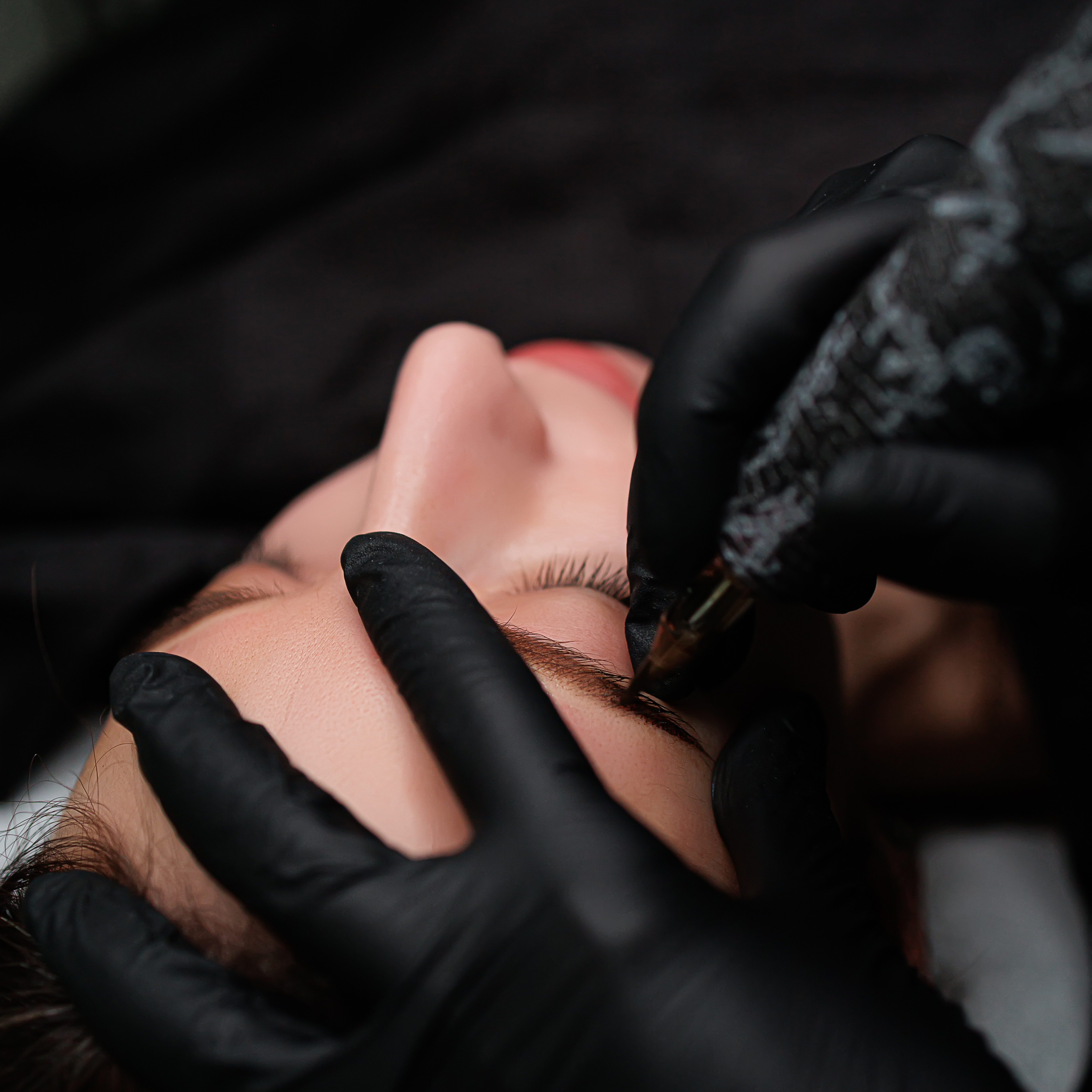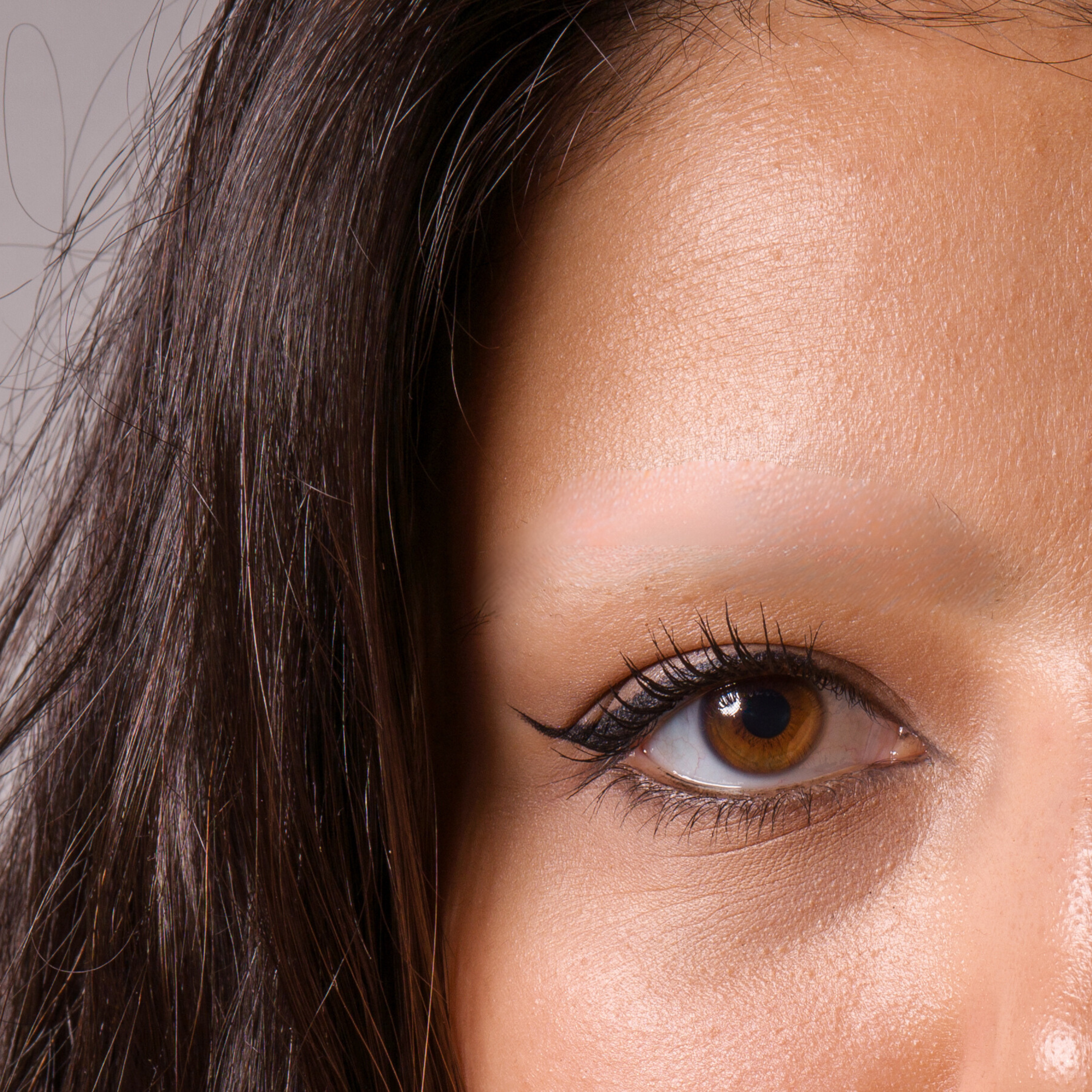Permanent makeup (PMU) has gained immense popularity in recent years, offering a long-lasting solution for fuller brows, defined eyeliner, and enhanced lips. However, like any cosmetic procedure, PMU comes with its own set of risks. Understanding these risks can help clients make informed decisions before committing to the procedure. In this blog, we’ll cover some of the most common concerns, including allergic reactions, infections, scarring, and pigment retention issues.
Risk of Infection After a PMU Procedure
Infections are one of the most serious risks associated with permanent makeup. Since PMU involves breaking the skin with needles, there’s always a chance of bacteria entering the open wound if proper hygiene isn’t maintained.
Choosing a Licensed & Experienced Artist: Ensure your artist follows strict sanitation guidelines, including the use of sterile needles and disposable gloves.
Following Aftercare Instructions: Clients must follow post-procedure care, such as avoiding touching the treated area, keeping it clean, and not exposing it to contaminated surfaces.
Signs of Infection: If you notice excessive redness, swelling, pus, or fever, seek medical attention immediately.
Allergic Reactions to PMU Pigments
Although very rare, allergic reactions to PMU pigments can occur. Some individuals may be sensitive to certain ingredients in the ink, leading to redness, itching, swelling, or even more severe reactions. Here’s what you need to know:
Patch Testing: A patch test before the procedure can help identify potential allergic reactions. Patch testing, may not be the best or most effective way of determining a reaction – as the body could have a delayed reaction.
Ingredients Matter: Some pigments contain heavy metals or other allergens that may trigger sensitivity.
Pre-existing Conditions: If you have a history of allergies or skin sensitivities, consult with your PMU artist and dermatologist before proceeding.
Scarring and Skin Damage
While rare, improper PMU techniques can lead to scarring, especially for those with sensitive or keloid-prone skin. Scarring can occur due to:
Overworking the Skin: If the artist applies too much pressure or repeatedly works over the same area, it can cause unnecessary trauma.
Improper Healing: Picking at scabs or failing to follow aftercare instructions may increase the likelihood of scarring.
Keloid Risk: Individuals with a history of keloid scarring should consult a professional before undergoing PMU.
Issues with Pigment Retention
One of the most common frustrations clients face is poor pigment retention, which can lead to faded, patchy, or uneven results. Several factors influence how well the pigment stays in the skin:
-
Skin Type: Oily skin tends to push out pigment faster, leading to quicker fading.
-
Medications & Lifestyle: Blood thinners, retinoids, and excessive sun exposure can negatively impact pigment retention.
-
Artist Technique & Pigment Quality: A skilled artist will use high-quality pigments and proper techniques to maximize retention.
-
Healing Process: Clients must avoid picking at scabs, excessive moisture, and sun exposure during the healing phase to ensure the best results.
Minimizing Risks for the Best PMU Results
While risks exist, they can be significantly reduced by choosing a well-trained, experienced PMU artist and following proper aftercare guidelines. Here are some key tips:
- Research Your Artist: Look for certified, licensed professionals with a strong portfolio of healed results.
- Ask About Safety Protocols: Ensure your artist uses disposable, sterile equipment and follows strict hygiene practices.
- Follow Aftercare Instructions: Proper care during the healing process can prevent complications and improve retention.
- Know When to Seek Help: If you experience extreme discomfort, signs of infection, or allergic reactions, contact a medical professional immediately.
Permanent makeup can be a life-changing enhancement, but it’s essential to understand the risks involved. By educating yourself on allergic reactions, infections, scarring, and pigment retention, you can make an informed decision and ensure a safe, successful PMU experience. Have questions or concerns about PMU? Leave a comment below or book a consultation with our trusted PMU artist.



